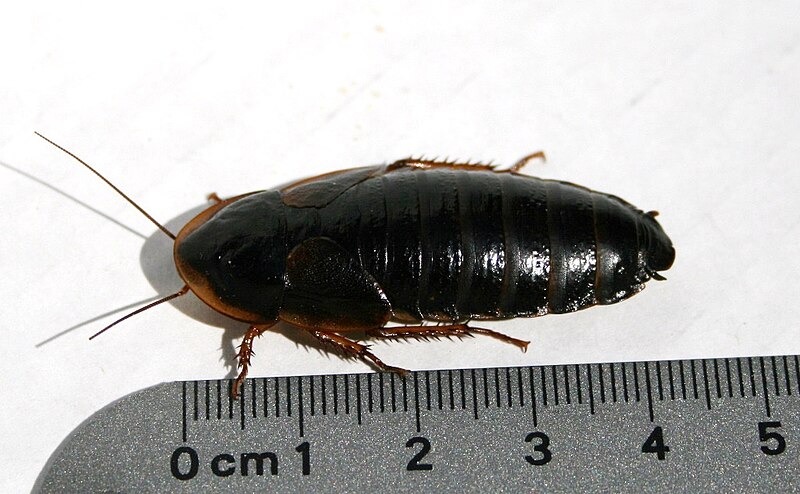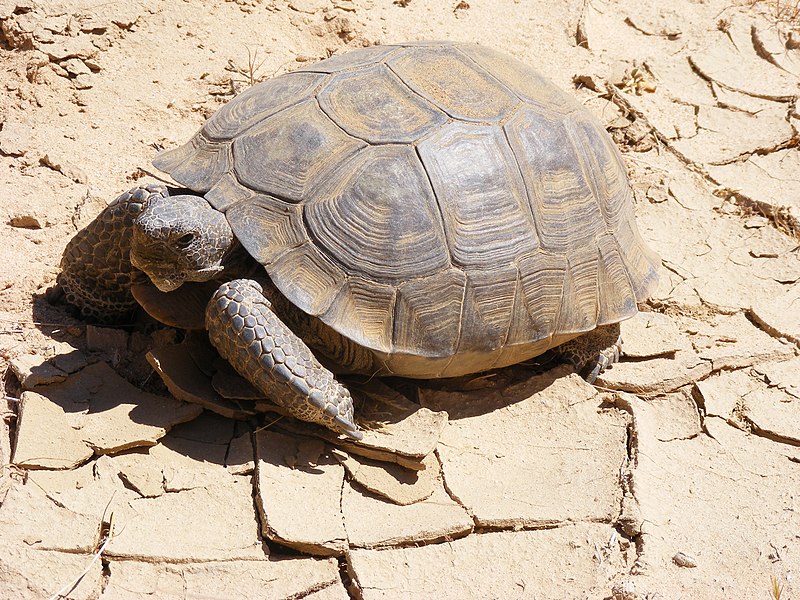Plastic turtle docks and basking platforms are wonderful innovations that I have found very useful both at home and in public exhibits that I have designed. The models I mention here look quite natural right out of the box, and when covered with some live algae and surrounded by live or artificial floating or emergent plants, the effect is quite good.
Commercial Exhibits and My Own Collection
Please see the photos below to see how I put a Basking Platform to use in exhibits at the Maritime Aquarium and in my own collection. The brackets that secure the platform to the aquarium’s glass come in quite handy as live plant supports. By placing the brackets over emergent plants such as peace lilies, you can create the effect of a plant-backed land area.
Debilitated Turtles and Frog Metamorphs
 Zoo Med’s Turtle Dock slopes gently below the water’s surface to create a ramp for animals seeking to climb on board. A debilitated Eastern painted turtle in my collection (it hatched with deformed rear legs, please see photo) makes great use of this and is easily able to leave the water.
Zoo Med’s Turtle Dock slopes gently below the water’s surface to create a ramp for animals seeking to climb on board. A debilitated Eastern painted turtle in my collection (it hatched with deformed rear legs, please see photo) makes great use of this and is easily able to leave the water.
I also like this model for use with transforming tadpoles and small newts that might otherwise have difficulty in accessing land areas. In shallow water, the area below the dock serves as a cave-like retreat as well.
Shoreline Terrariums
Shoreline terrariums housing fish, aquatic invertebrates and amphibians have always been a great favorite of mine. I use both of the aforementioned models in creating these habitats. Unlike rock piles, the suspended platforms leave plenty of space below for aquatic creatures.
 I’ve found that I can keep leopard and green frogs in quite deep water when their aquarium is furnished with a plastic platform. This allows me to mix in a number of fish as well (in shallow water, the frogs prey upon the fish, but they cannot catch them in deep water). As you can see from the accompanying photo, fiddler crabs use them as well.
I’ve found that I can keep leopard and green frogs in quite deep water when their aquarium is furnished with a plastic platform. This allows me to mix in a number of fish as well (in shallow water, the frogs prey upon the fish, but they cannot catch them in deep water). As you can see from the accompanying photo, fiddler crabs use them as well.
The Hagen Turtle Bank also holds great promise…I’ll check it out in the future and report back.
 That Reptile Blog – Reptile, Amphibian and Exotic Pet Care and Information
That Reptile Blog – Reptile, Amphibian and Exotic Pet Care and Information



 The orange-spotted roach is sexually dimorphic – males have full wings (but rarely if ever fly), while females have only wing-stubs. A ratio of 1 male per 3-5 females is ideal…excess males should be preferentially used as food for your collection. Maintaining the roaches at this ratio will provide for a great deal of social interaction (please see
The orange-spotted roach is sexually dimorphic – males have full wings (but rarely if ever fly), while females have only wing-stubs. A ratio of 1 male per 3-5 females is ideal…excess males should be preferentially used as food for your collection. Maintaining the roaches at this ratio will provide for a great deal of social interaction (please see  The desert tortoise was at one time collected in huge numbers for the pet trade. Unfortunately, most were not properly cared for, and survival rates were abysmal. This, combined with massive habitat loss in the American Southwest, led all states within its range to adopt protective legislation, and to its listing with CITES and the IUCN.
The desert tortoise was at one time collected in huge numbers for the pet trade. Unfortunately, most were not properly cared for, and survival rates were abysmal. This, combined with massive habitat loss in the American Southwest, led all states within its range to adopt protective legislation, and to its listing with CITES and the IUCN.